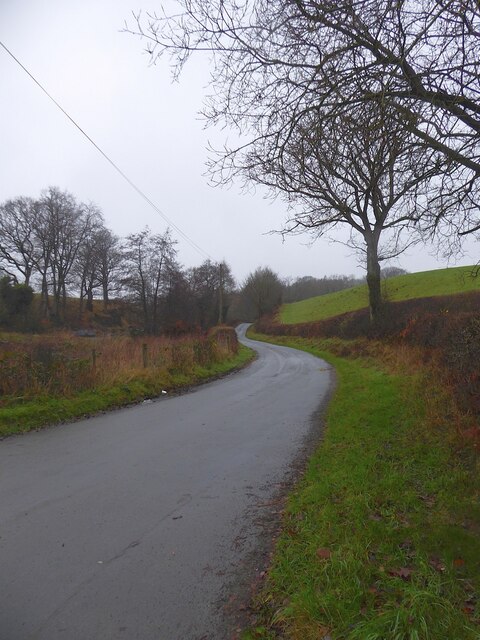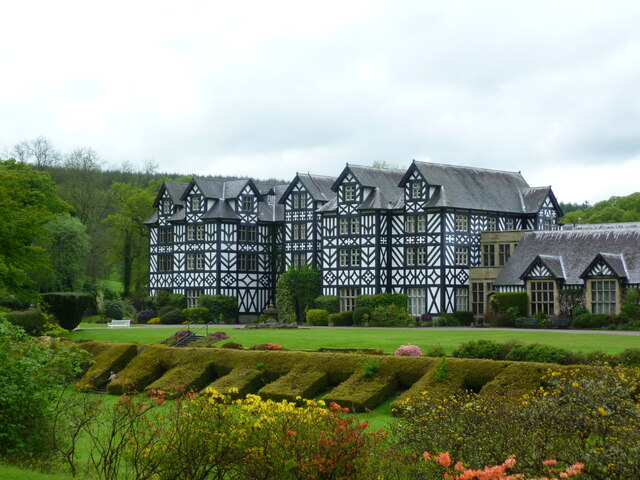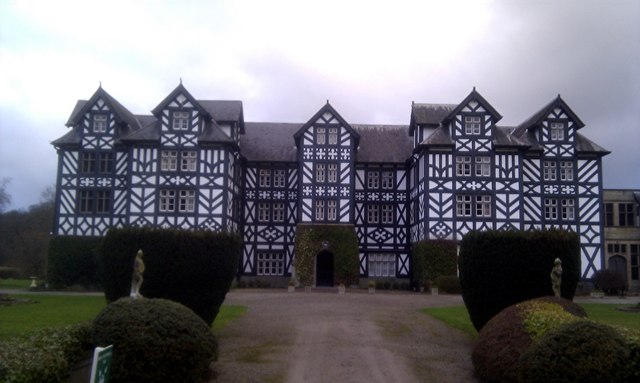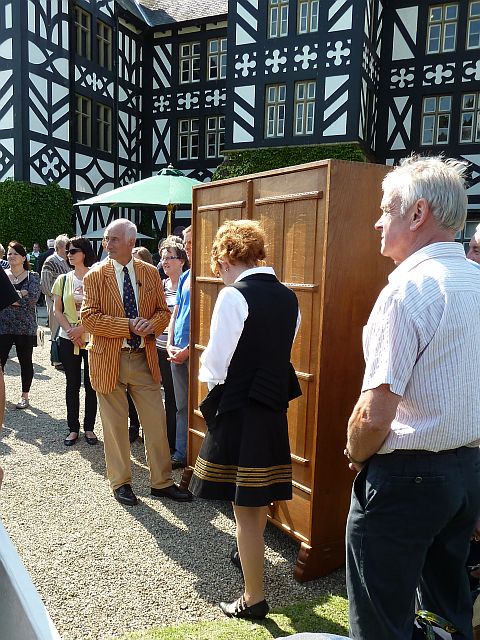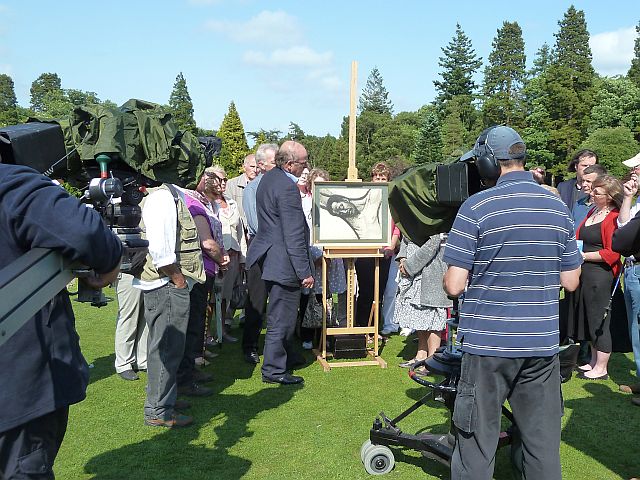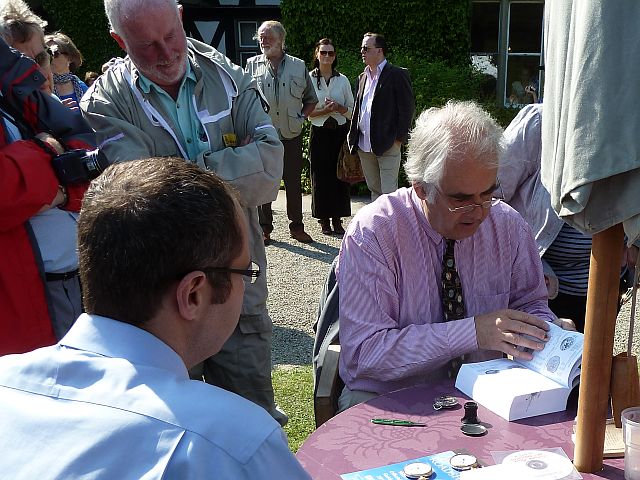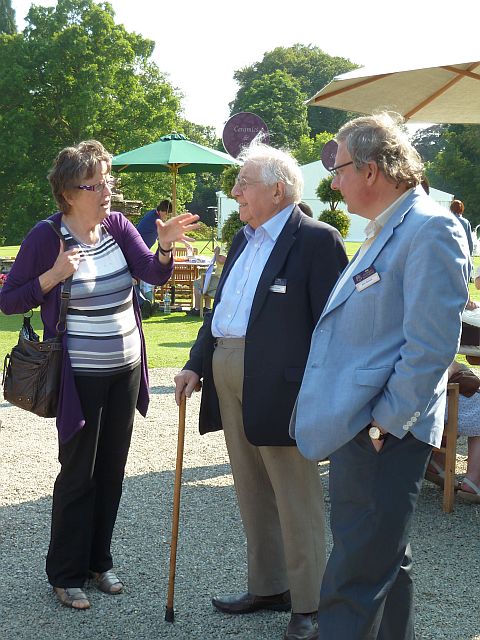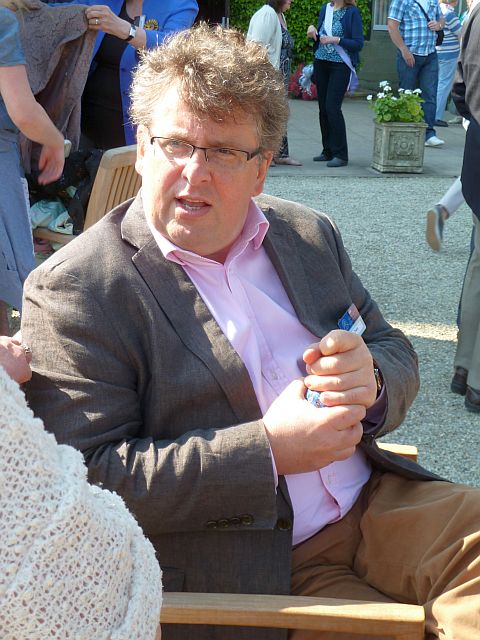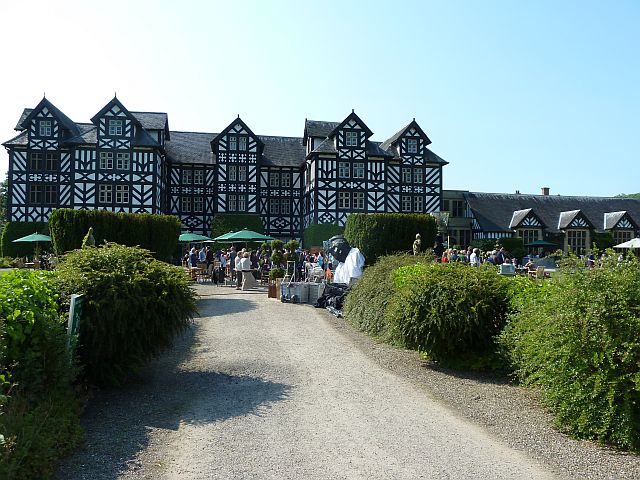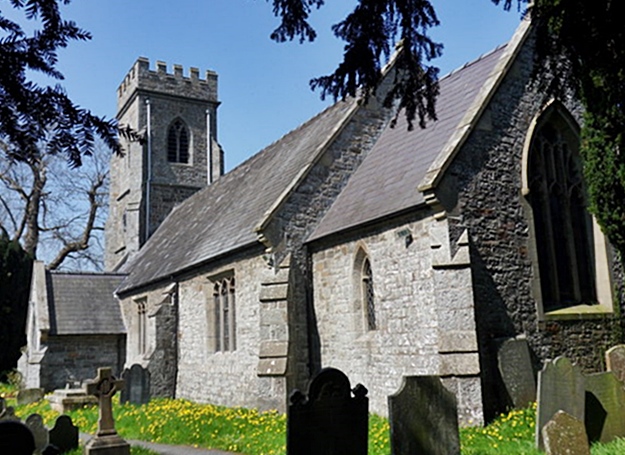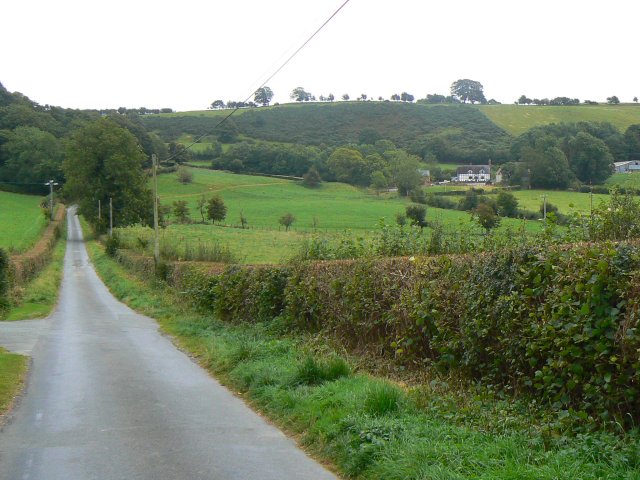Blackhouse Common
Downs, Moorland in Montgomeryshire
Wales
Blackhouse Common

The requested URL returned error: 429 Too Many Requests
If you have any feedback on the listing, please let us know in the comments section below.
Blackhouse Common Images
Images are sourced within 2km of 52.550936/-3.363058 or Grid Reference SO0795. Thanks to Geograph Open Source API. All images are credited.
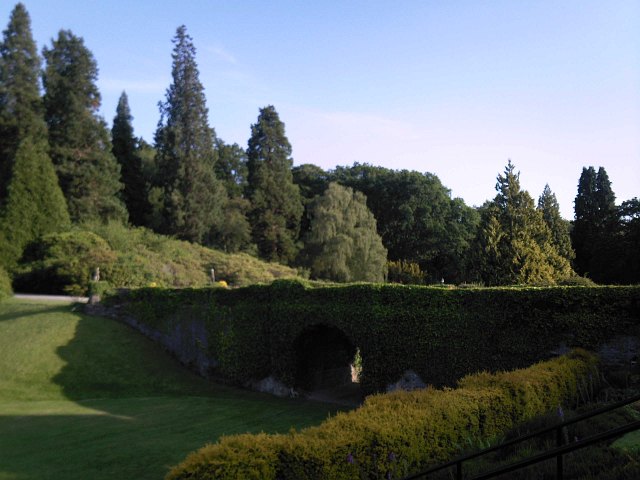
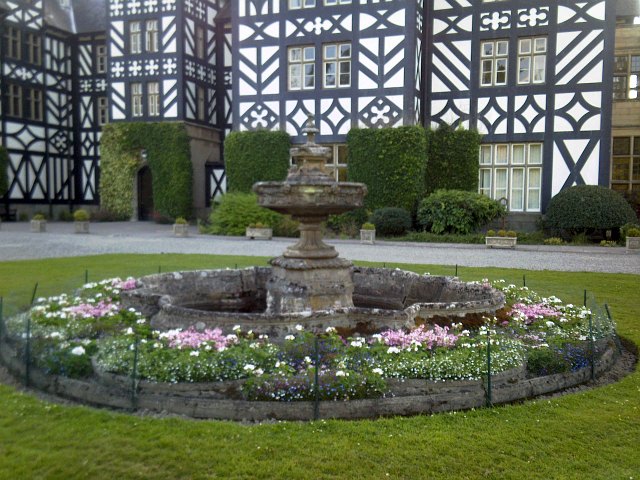
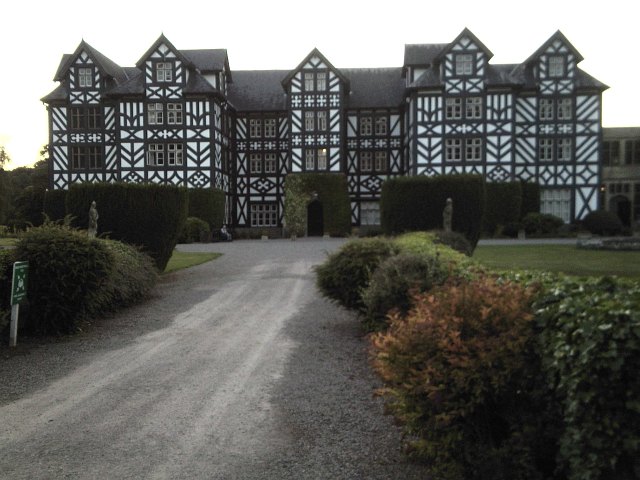
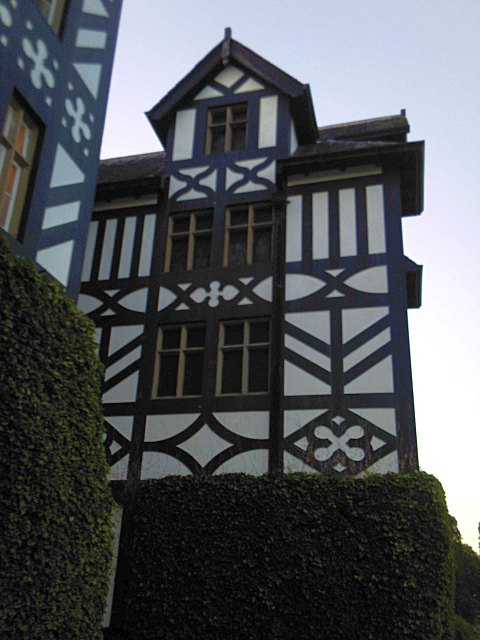
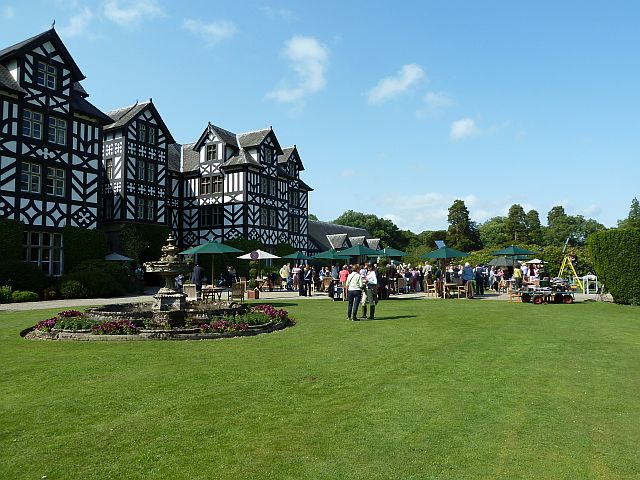
Blackhouse Common is located at Grid Ref: SO0795 (Lat: 52.550936, Lng: -3.363058)
Unitary Authority: Powys
Police Authority: Dyfed Powys
What 3 Words
///pheasants.vase.drew. Near Newtown, Powys
Nearby Locations
Related Wikis
Gregynog Hall
Gregynog (Welsh pronunciation: [ɡrɛˈɡənɔɡ]) is a large country mansion in the village of Tregynon, 4 miles (6.4 km) northwest of Newtown in the old county...
Aberhafesp
Aberhafesp is a small village and community in Montgomeryshire, Powys, Wales. The hamlet of Bwlch-y-Ffridd is within the community. It is situated about...
Tregynon
Tregynon is a small village and community in Montgomeryshire, Powys, Wales, to the north of Newtown and south west of Welshpool. The population of the...
Newtown West (Powys electoral ward)
Newtown West (formerly Newtown Llanllwchaiarn West or Llanllwchaiarn West) is the name of an electoral ward in the community of Newtown and Llanllwchaiarn...
Nearby Amenities
Located within 500m of 52.550936,-3.363058Have you been to Blackhouse Common?
Leave your review of Blackhouse Common below (or comments, questions and feedback).



